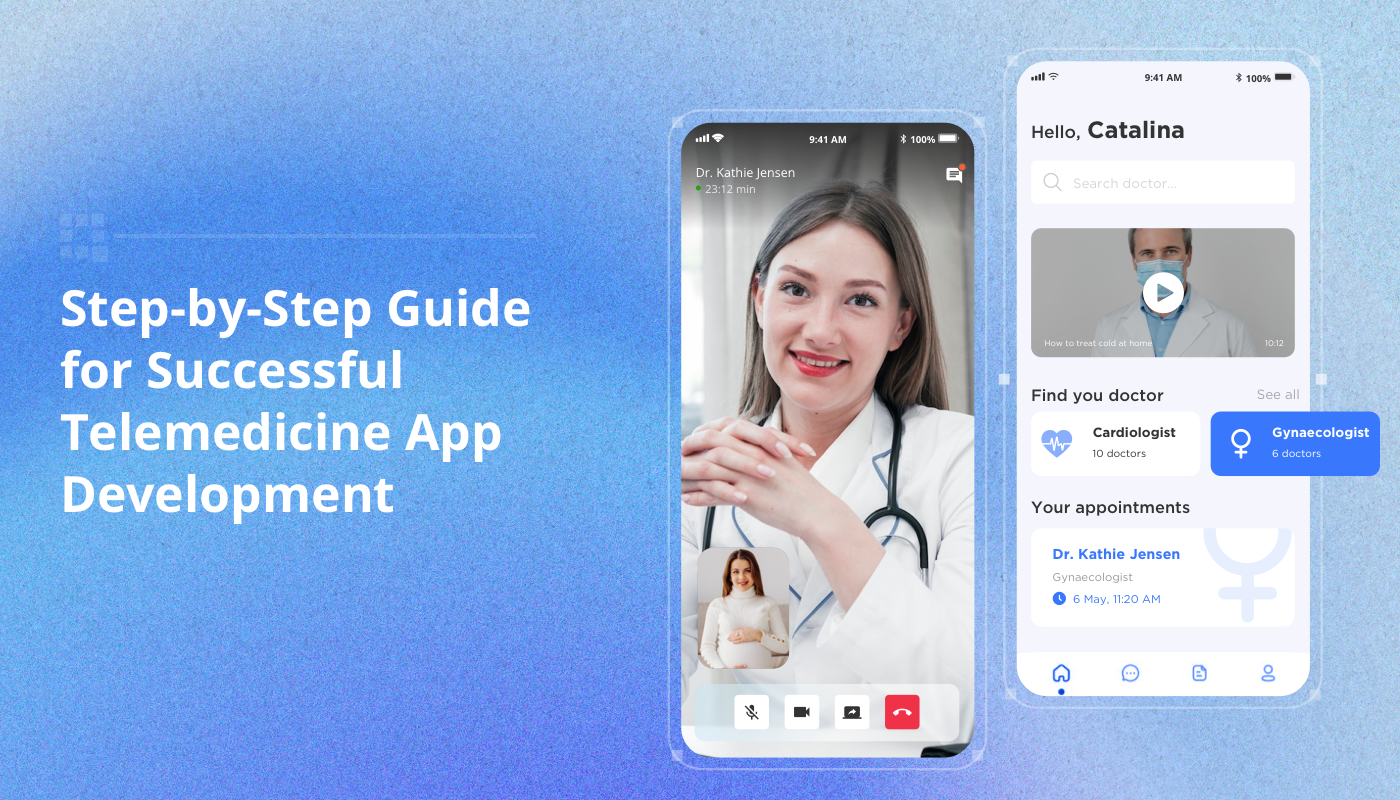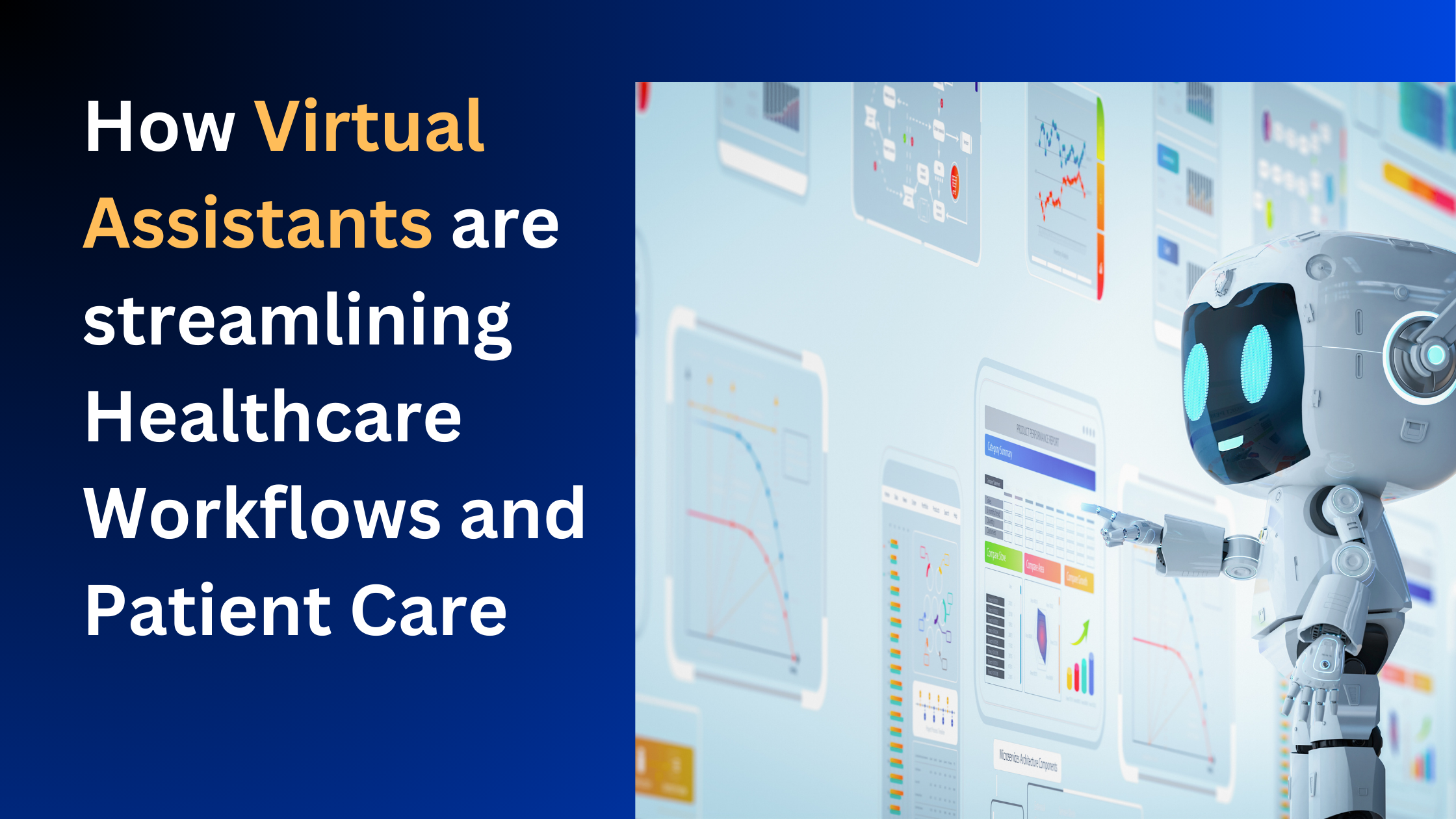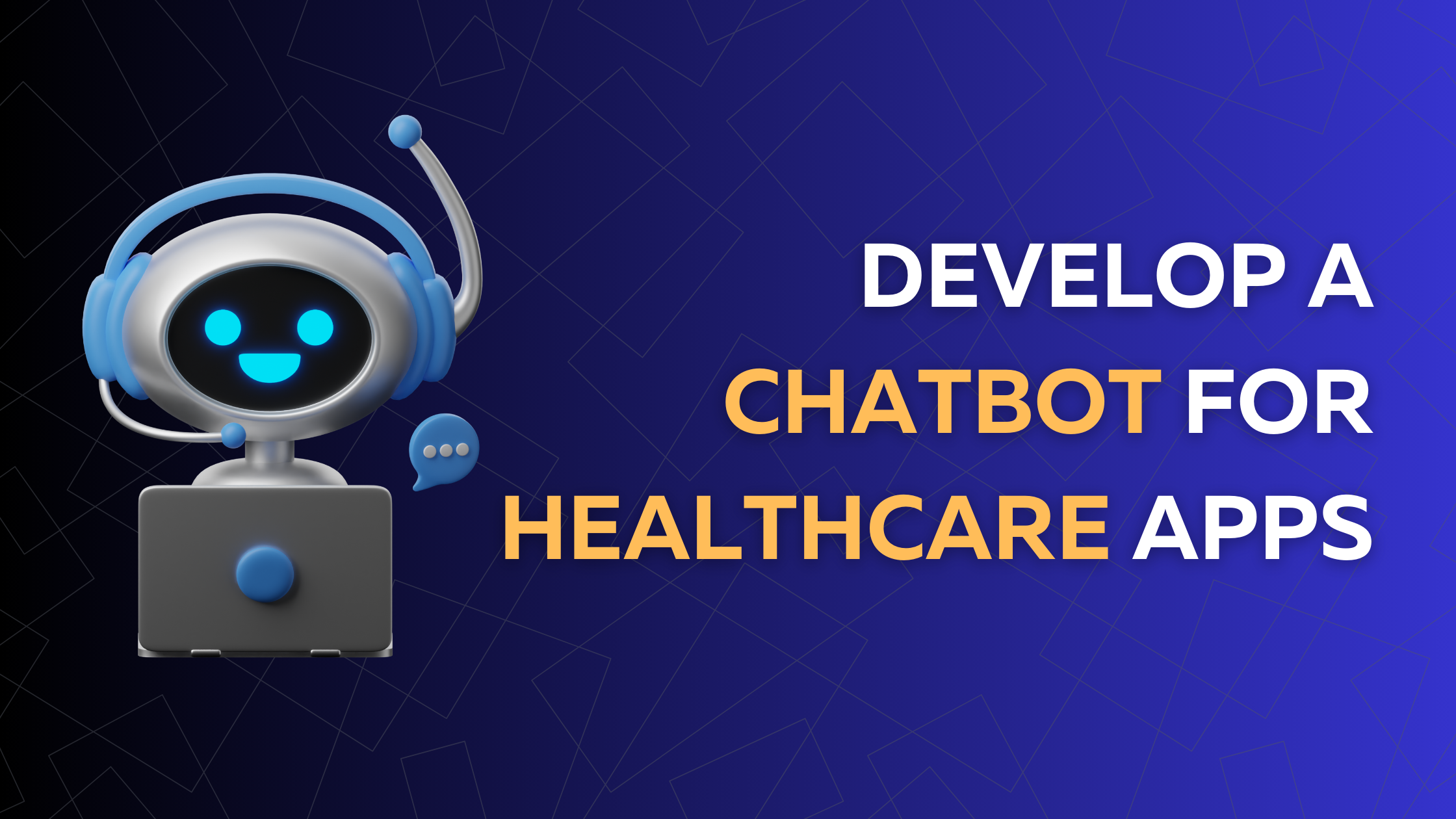
This blog has been updated since its first publication in 2023.
Summary: Explore our comprehensive guide to building a robust telemedicine app. From establishing your value proposition, to defining your core feature list, and planning for scalability, we cover all the key steps. Telemedicine is booming, and by reading our guide on making the best choices for design, technology, and audience, you can make a meaningful impact in the world of healthcare.
Table of Contents
Introduction
“Why do we need another telemedicine app?” you may ask. True, there are lots of telemedicine apps on the market today, however, its trend shows a growing demand: the telemedicine market is expected to grow to almost $460 billion in 2030.
Telemedicine, or telehealth, is not new, but until recently, it was mostly used to provide quality healthcare to remote places and developing countries. With the onset of the Covid-19 pandemic, telemedicine received a true boost growing as much as 154% compared to pre-Covid times.
With patient demand soaring and technology constantly evolving, this presents a phenomenal opportunity to build an innovative telemedicine app. But where do you begin? In the following post, we’ll provide you with a comprehensive guide for all the crucial steps you need to consider. From brainstorming your app’s unique value proposition to navigating development and launch, we’ll help you navigate the complexities of telemedicine app development and build a reliable app that makes a meaningful impact on healthcare delivery.
Why Build a Telemedicine App?
The telemedicine industry is booming. With a growing number of apps available, you might wonder why building another one is a good idea. Here’s the thing: while there are many telemedicine apps, the market is far from saturated. Here’s why your app can stand out:
Addressing Specific Needs: Existing apps may cater to a general audience. You can identify a niche in the market, focusing on a particular condition, demographic, or offering unique services like mental health consultations or chronic disease management.
Innovation and Differentiation: Telemedicine is still evolving. There’s room for creativity in features, user experience, and integration with wearables or AI-powered diagnostics.
Local Focus: National apps might not address regional needs. Your app can cater to a specific geographic area, offering in-language consultations or connecting patients with local specialists. Not everyone has equal access to traditional healthcare. Your app can bridge the gap for those in rural areas, with limited mobility, or facing transportation challenges.
Even in a crowded market, a well-designed app that solves a specific problem or offers a superior user experience can thrive. By focusing on a unique value proposition, you can build a successful telemedicine app that makes a real difference in people’s lives.
How to Build a Telemedicine App?
Generally, the development of a telemedicine app passes all the stages that the development of any other software product does. However, the specifics of the industry and the requirements it poses need to be taken into account when both planning the product and building and deploying it. Besides, the process may differ slightly if you build an own app to offer to customers or create a product ordered by a specific customer.
In the following telemedicine app development guide, we’ll look at what’s involved step-by-step.
Step 1: Business analysis, research, and planning
This is the initial stage of any project. It lays the foundation for estimating the main project parameters, such as duration, team size, and budget. This stage includes the following tasks:
Do the market research: Understand the current telemedicine market and identify potential gaps. Study the competition, analyze their strengths and weaknesses Determine your target audience and their needs.
- Establish your value proposition: Be clear on what unique benefit will your app offer to patients and providers? Will you focus on a specific niche or offer a broad range of services? Having this information clear at hands which guide you through the entire development process, but also help you sell your product once completed.
- Analyze compliance requirements: Most certainly, you will need to ensure HIPAA compliance. If you are planning to serve the European Union, you have to be GDPR-compliant. Regulatory compliance affects the set of security mechanisms implemented in the app, so it is better planned at the very beginning.
- Compile your feature list: Consider which app features you want to include. Once selected, prioritize them. Define the ones that make the core of the app – these features will form your minimal viable product (MVP) that you can share with early customers to trial, who can then provide initial feedback.
- Outline your commercial model: It is also worth considering at this stage how your app will generate revenue (subscriptions, fees per consultation, etc.), as this may affect some aspects of its design. Also, what will be your strategies for attracting and retaining patients and healthcare providers?
- Estimate your preliminary budget: Throughout all the stages of your planning remain mindful of your budget.
Step 2: App project planning
Based on the data obtained at the previous stage, plan the actual development project.
- Determine the full project scope: List all the features that need to be created for your MVP, preferably with user stories explaining what each feature aims to achieve. Estimate development time for each feature.
- Choose the technology stack: The features that you included in the scope and the overall approach to the app development (for example, cross-platform or native for mobile apps) defines the tools and frameworks you need. You will need to consider the right programming languages and frameworks for development, as well as cloud infrastructure considerations for scalability and security.
- Plan integrations: Consider which third-party services and APIs you need to integrate in your app. An EHR management system, a scheduling tool, a payment gateway – these are just some examples of what you may need to implement.
- Plan & design user flows (UX) and interface UI: User experience is paramount and this needs to be mapped out. It’s vital to have clear navigation and a smooth workflow within the app. Based on the user stories, create core scenarios and most optimal user journeys. Prototype and design the UI, this needs to be an intuitive and user-friendly interface for both patients and providers. You may also want to consider accessibility issues for users with disabilities.
- Design a risk mitigation plan: It’s always good to have plan B in place for any unforeseen circumstances or development delays.
Step 3: App development and deployment
Now you are ready to start the actual development.
- Adopt a project management approach for your team: Whether you use Scrum, Kanban or something else, it is important that all team members are working in the same method toward the same goals. Defining milestones and Key Performance Indicators (KPIs) is a vital way to ensure a productive and efficient workforce.
- Create the back-end and front-end functionality of the app: Develop the app server side and client side.
- Test the product: Conduct thorough testing to verify the app’s stability, integrity, and security. Testing is usually in parallel with the development making sure that newly added features do not conflict with previous ones.
- Create documentation: Again, it’s better to document as you build, so that you don’t miss anything.
- Obtain the necessary certification: Software products used in healthcare are subject to special certification, so make sure you apply for all the necessary audits.
- Deploy the app: Depending on your scope and schedule, you might roll out an MVP first, and then finalize the product based on the feedback you receive for your MVP. Alternatively, you might launch a finished initial release.
Step 4: Support and maintenance
With the product launch, your job is not done. Software developers often say that you need to prepare for the next release the day following the previous one. That’s true, a successful product requires continuous updates and maintenance. Improve it, accelerate it, scale it out to accommodate for the growing number of users, do an occasional UI facelift to follow the current trends.
- Prepare and release new product versions and patches: Based on user feedback and your product plan, you may need to add or modify features and fix bugs. New cyber threats or updates to regulatory requirements may call for issuing security patches.
- Provide product support and training: For your own product, set up and train a support team to assist customers. For a product developed upon a client’s request, train the client’s team to provide support.
- Plan for scalability and growth: Anticipate future growth and potential feature expansion.
- Marketing and User Acquisition: If it’s your own app, you’ll need to constantly review and implement strategies for reaching your target audience (online advertising, partnerships with healthcare providers). And engage in other activities to build brand awareness and trust in your telemedicine app.You’ll also want to assess strategies for user retention and engagement.
Conclusion: Building a Telemedicine App with QuickBlox
As an alternative to in-house development, consider using a ready-made product, such as Q-Consultation, for your telemedicine app. This customizable app can be rebranding and has a broad set of features that can satisfy your requirements. This way, you can save a lot of time and resources and obtain a well-tested software product that can meet the needs of both doctors and patients. QuickBlox also offers telemedicine SDKs, APIs, and UIKits for easy integration of communication features into your existing healthcare website or app.
Talk to a sales expert
Learn more about our products and get your questions answered.
Contact sales




















Amazing write-up, the blog you shared a guide to telemedicine app development is very informative.
To know more, visit consagous.co
Keep Writing!
Great Content! Totally agree that Telemedicine apps are highly beneficial for patients. Thanks for sharing useful content.